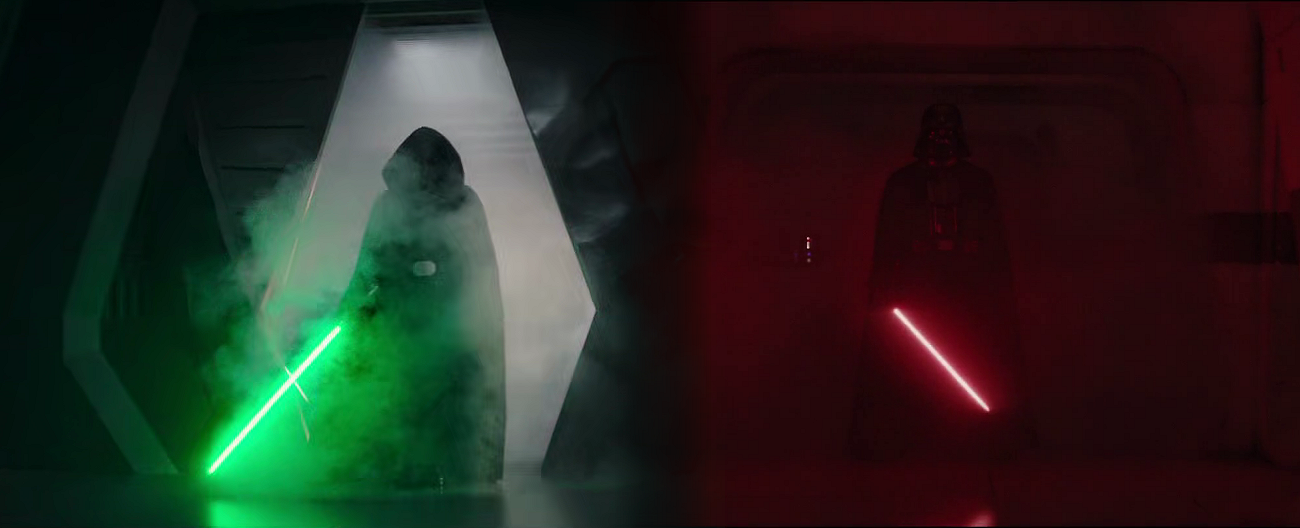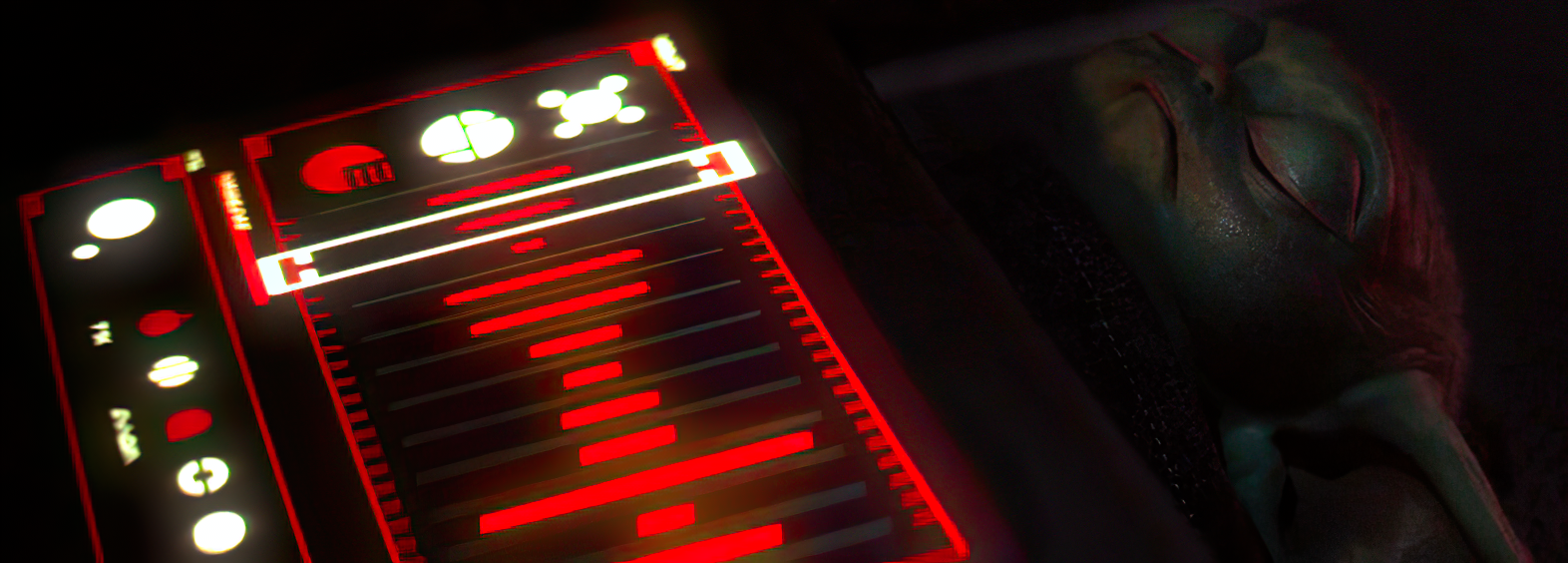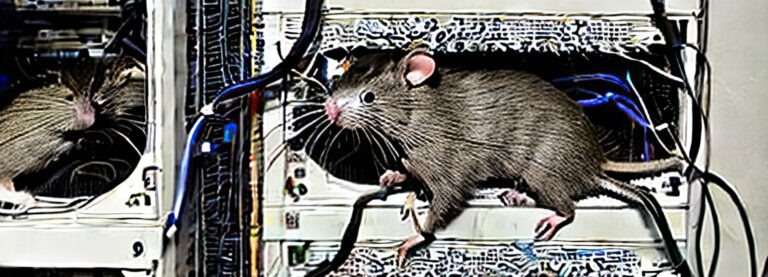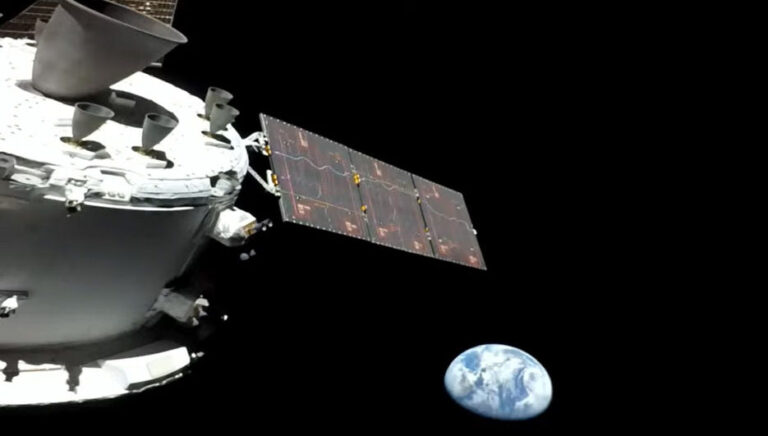All art is inherently political. If that statement makes you start to break out in a cold sweat, you should probably stop reading now.
I binge-watched the second season of The Mandalorian yesterday, because I was an episode behind even before the finale dropped, and because…well…I’ve got the time. I’m about half a week into the recommended two-week self-quarantine period because someone at my day job – to which I’m expected to report in person since the management is of the opinion that “if you’re not in the office, you’re not working” despite the fact that graphic design is an example of a job that could be done 100% remotely – started “feeling like crap” somewhere around Tuesday the 8th, kept coming to work (including an all-hands company Christmas dinner on the 11th, which was attended not only by employees but some of their family members as well, including one infant), and then notified us that they had tested positive for COVID-19 on Tuesday the 15th. In short: everyone’s been exposed. Including family members. Including that infant. Merry Christmas!
So I’ve got all kinds of time to binge-watch stuff now. Thanks? Anyway, rewatching the whole second season of The Mandalorian in one concentrated burst, and bearing in mind the sequel trilogy, I have thoughts.
I’m shifted uncomfortably, but silently, in my seat for the past couple of years while surrounded by plenty of people proclaiming that “The Mandalorian is the return of real Star Wars!” I kind of wish they’d find a more precise way of expressing that because, in close proximity with all of the sequel trilogy rants that the greater diversity among the new lead characters was somehow ruining everything, it sounded an awful lot like “The Mandalorian is the return of Star Wars with male leads, as it should be!” That being said, I do get that the show was the return to artful universe-building, and finally doing something with the Star Wars universe that was – well, at least for 15 out of its 16 episodes – non-Skywalker-adjacent at last.
But is there something in the background here that everyone’s missing? I think there is.
For much of the Star Wars saga – well, hell, all of it, going back to the original 1977 movie – Force users are treated as a religion. Early in the first Star Wars movie, in what I sometimes call the Death Star boardroom scene, an Imperial officer chides Darth Vader for his “devotion to that ancient religion”, to be followed later by a line from Tarkin:
“The Jedi are extinct, their fire has gone out of the universe. You, my friend, are all that’s left of their religion.”
Even as recently as Rogue One, the non-Jedi but very-Force-aware character Chirrut Imwe is kind of your classic cinematic warrior monk. And The Rise Of Skywalker gives us an entire arena full of what seem to be some kind of Sith adherents – they’re not Force users themselves, perhaps, but they’re super jazzed that Palpatine being around is a thing again. And earlier in this season of The Mandalorian, Mando & friends infiltrate an Imperial base where…something…is being grown in giant vats in a laboratory, something which more than a few viewers mentioned looked like Snoke from the sequel trilogy.
And there’s a lot of emphasis on getting further (involuntary) blood donations from the Child – presumably loaded with those tasty, tasty midichlorians that no one likes to talk about – throughout the series. (For those who have either forgotten or blocked out their memories of the prequel trilogy, midichlorians were nailed down as a kind of symbiotic micro-organism connected with the Force; the more midichlorians, the better attuned to the Force one is.)
Let’s talk about that, because this is super important to the saga as a whole. To the world-building. And to the world we live in.

The Empire, despite its technological superiority, its firepower, and its ruthlessness, is really focused on having a Force user front for them. Why is that? By the time of The Mandalorian, which is set seven years after Return Of The Jedi, it’s been something like three decades since the Clone Wars and the fall of the Old Republic and the Jedi Knights. The Jedi are probably on the verge of slipping out of living memory for most people, especially those living under Imperial (or, as seen in the episode with Ahsoka Tano, Imperial-adjacent) rule. That one Jedi is still around, and aligned with the New Republic, is probably firmly in the “rumor” column for most citizens of the galaxy at that point.
So why is it so important for what’s left of the Empire to be putting in all of this research, some of which has a queasily Josef Mengele-esque feel to it, into putting a Force user back in the public eye? Because everything from harvesting Grogu’s blood, to the apparent rebirth of Palpatine, would seem to be part of a continuum – we’re not seeing two unrelated series of events, but rather two branches of the same tree.
Characters like Moff Gideon and General Pryde don’t seem like the kind of men who want to create something in a test tube so they can hand over their authority to it. If anything, whatever comes out of that test tube – or out of those vats on Nevarro – is something they intend to use as a symbol, rather than someone to whom they intend to hand over authority. When Supreme Leader Snoke is slain in The Last Jedi, no one worries about having to create another Snoke in a test tube – if anything, the infighting over the sudden job vacancy begins immediately, and even when a very obviously conflicted and imperfect Force wielder comes out on top, no one questions that.
It’s clearly important for the Empire to have a Sith somewhere on the org chart, and for everyone in the galaxy to know they’ve got a Sith somewhere on the org chart. The simple explanation might be that the Empire is a creation of the Sith – the desired win condition of Palpatine’s long game in the prequel trilogy. But what if it’s more nuanced than that? Even Palpatine and Vader can’t be everywhere – again, in the very first movie, someone wonders aloud how the Emperor will maintain local control without the Senate.
Could it be that reverence for “that ancient religion” is still prevalent enough throughout the galaxy that having Force users on board gives the Empire a kind of legitimacy? On the PR front, sure, it’s really handy to have Vader go in occasionally, grind some upstart rebels under his heel, and do the equivalent of performing very public miracles – you know, on behalf of the Empire – because then everyone worries that they’ll be the next recipient of a surprise Sith Lord visit. But beyond that, the near-extinction of the Jedi, and the Sith in the Imperial org chart, sends a message: the Force is with us. You better be too. Because you don’t want to piss off the Force or those who wield it.
Surely no real world governing bodies, or, shall we say, parties, would ever try to co-opt religion like that, to weaponize it and turn it into something more openly pernicious than it had been in the past. I say “more openly pernicious” because let’s not forget that the Jedi Code was just as flawed as any Sith belief, and allowed the Jedi to fall not once but twice (at least that we know of on screen; perhaps more often than that). Luke Skywalker finally has this epiphany and tries to remove himself from the equation as a symbol – and what pulls him back into the conflict, and to his eventual doom? Another group, opposite to the reborn Empire, seeking its own legitimacy by using him as a symbol.

Notice how no one in the room is really thrilled with the implications of either of these arrivals?
What if Luke is right in The Last Jedi? What if purging both the Jedi and the Sith – or, more broadly, “ancient religion” – from the picture is necessary for the rest of the galaxy to move on and try to find some peace? (At the end of Rise Of Skywalker, Rey may have had that same realization, otherwise why does she seem to be headed into an exile of her own?)
Grogu’s blood may be a macguffin in The Mandalorian, a reason for the bad guys to keep trying to get their hands on him, but there’s something woven throughout modern Star Wars that kind of pinged my radar and spoke to my inherent distrust of organized religion. It’d be neat to find out if any of that was intentional – though I doubt Disney would ever let any of the folks involved in the broader storytelling canvas of Star Wars say anything about it.
After all, appearing to be in the good graces of a particular religion is a powerful symbol.











+ There are no comments
Add yours